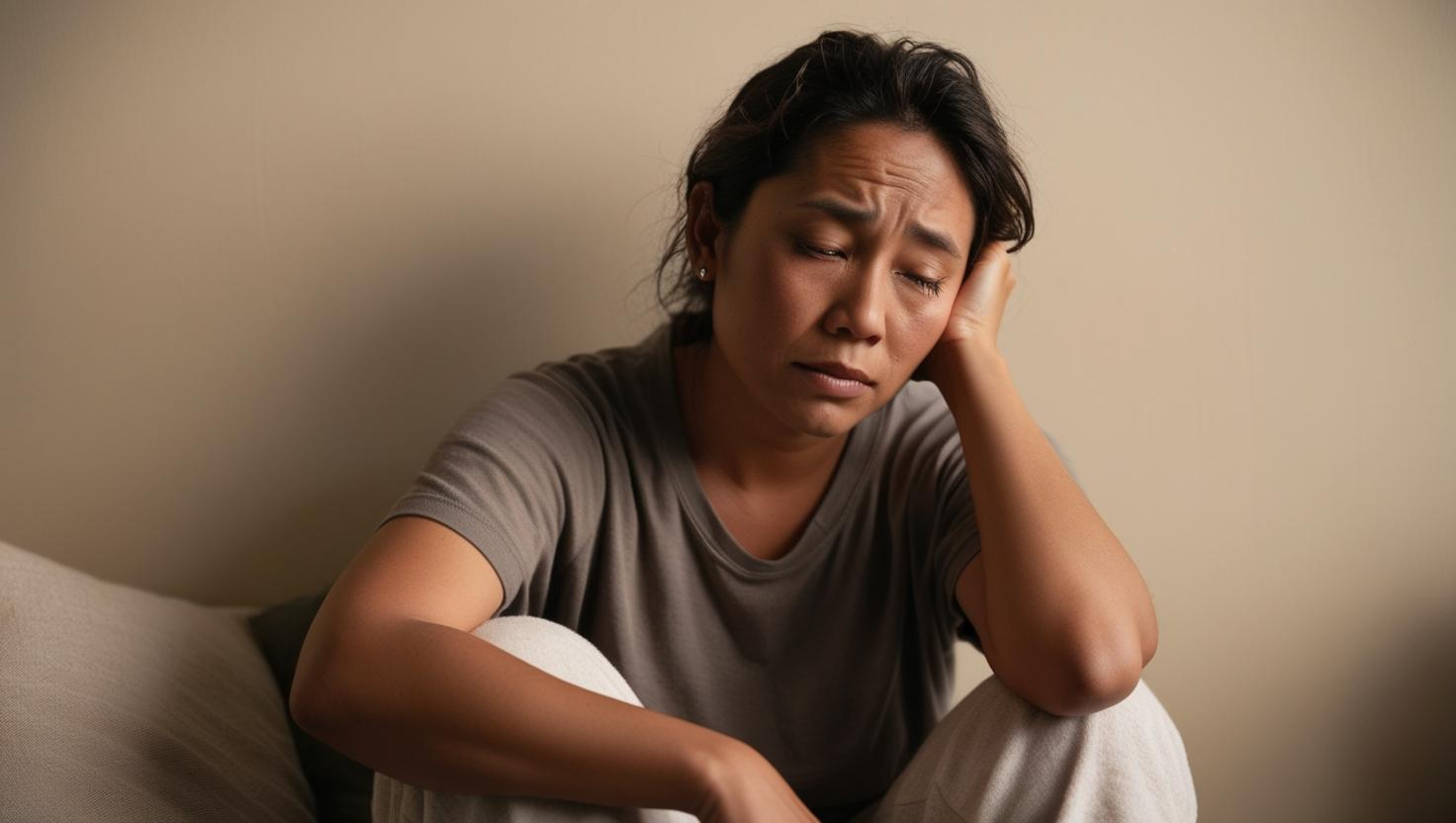Author: Diana Freitas, Registered Social Worker, Psychotherapist

Clients often come to therapy looking for strategies to help them manage their difficult emotions and thoughts. Given how fast-paced and stressful society is, I understand why this is such a common ask. Learning strategies and techniques to manage our mental and emotional well-being is just as important as learning how to manage our finances. Distraction, relaxation, and mindfulness are three techniques that can be helpful, when used appropriately. While they all aim to support our mental health, they differ in their methods, goals, and outcomes. In this post I will help you to understand the differences between these three approaches as well as how and when to use them.
DISTRACTION TECHNIQUES
Distraction techniques, as the name suggests, aim to draw one’s attention away from stressors and difficult thoughts and feelings. These techniques are particularly helpful when you need a temporary break from overwhelming emotions and thoughts. They can offer relief from immediate distress, although they may not address the root causes of the stress or overwhelming emotions. Some common distraction techniques are discussed below.
1. Engaging in Hobbies:
Pursuing a hobby or passion project can be an effective way to take your mind off stressors. Whether it’s painting, playing a musical instrument, or gardening, engaging in activities you enjoy can offer a sense of accomplishment and joy that helps you temporarily forget about your worries.
2. Physical Activities:
Exercise is an excellent distraction technique. Physical activity releases endorphins, which are natural mood lifters, and it can help reduce stress and anxiety. Going for a jog, practicing yoga, or hitting the gym can provide a much-needed escape from the daily grind.
3. Watching Movies or TV:
Watching a movie or television show can be a quick and convenient way to distract your mind from stress. Immersing yourself into a compelling story or visual entertainment can temporarily shift your focus away from your worries.
4. Socializing:
Spending time with friends and loved ones can be an effective distraction technique. Engaging in conversations, laughing, and enjoying the company of others can provide emotional support and create positive interactions that alleviate stress.
RELAXATION TECHNIQUES
Relaxation techniques are designed to get rid of tension and anxiety and replace them with a state of calmness and physical and mental relaxation. These methods are particularly effective for people seeking immediate relief from tension and anxiety. Situations in which these techniques would be helpful include high-pressure work environments, when experiencing pre-test jitters, or when attending a medical appointment or procedure. They can be applied when you seek relief from physical tension, want to promote a sense of well-being before bedtime, or simply need a mental reset during a hectic day. Some popular relaxation techniques include deep breathing exercises, progressive muscle relaxation, guided imagery, and breathing techniques.
1. Deep Breathing Exercises:
Deep breathing is one of the simplest and most widely used relaxation techniques. It involves taking slow, deep breaths to relax the body and mind. Deep breathing helps to reduce the heart rate, lower blood pressure, and ease muscle tension. The focus is on the breath, allowing individuals to clear their minds and be present in the moment. It can be performed virtually anywhere and is especially beneficial during high-stress situations.
2. Progressive Muscle Relaxation:
Progressive muscle relaxation is a systematic approach that targets specific muscle groups to release tension. It involves tensing and then relaxing each muscle group sequentially, promoting a sense of physical and mental relaxation. It also helps individuals become more aware of their body’s tension and discomfort so they know where to target their relaxation efforts and consciously relax certain muscle groups.
This can be particularly helpful for those living with chronic pain as it can reduce the muscle tension and physical stress that often accompanies chronic pain. Additionally, progressive muscle relaxation has been found to improve sleep, which is crucial for individuals dealing with chronic pain, as sleep disturbances often exacerbate discomfort. By helping individuals unwind and experience a sense of relaxation, this technique offers a valuable tool for those seeking a more comprehensive approach to managing chronic pain that addresses both the physical and emotional aspects of their condition.
3. Guided Imagery:
Guided imagery involves visualizing calming and peaceful scenes or situations that evoke positive emotions. By engaging in this mental exercise, individuals can escape from stressful thoughts and difficult emotions, improve sleep, reduce pain, and enhance overall emotional well-being. It’s an effective technique for those who respond well to imaginative experiences.
4. Breathing Techniques
Various breathing techniques, such as diaphragmatic breathing, the 4-7-8 technique or squared breathing, focus on specific breathing patterns to reduce stress and promote relaxation. These controlled breath patterns activate the body’s relaxation response, helping to lower heart rate, reduce blood pressure, and ease muscle tension. The 4-7-8 technique is a method where you inhale for a count of four, hold the breath for seven, and then exhale for eight. Another technique is squared or box breathing. This method involves a four-step process: inhaling for a specific count (e.g., four seconds), holding the breath for the same count, exhaling for the same duration, and then pausing before starting the cycle again. The simplicity and adaptability make of these techniques make them suitable for various situations, whether it’s during moments of stress or as a daily practice to enhance overall well-being.
MINDFULNESS TECHNIQUES
Mindfulness techniques, unlike relaxation and distraction techniques, have a different goal in mind. They aim to cultivate awareness of the present moment, including your thoughts, feelings, and physical sensations. The primary objective of mindfulness is not to escape from difficult thoughts and feelings, but to understand, manage and respond to them more effectively. Some well-known mindfulness practices include meditation, body scans, and mindful breathing. These practices all aim to increase your ability to contact the moment with flexibility, openness, curiosity, kindness, and non-judgment.
1. Mindfulness Meditation:
Mindfulness meditation involves paying attention, without judgment, to your thoughts, emotions, and sensations. This practice encourages observing your thoughts without getting caught up in them. By developing a mindful awareness of your mental processes, you can better understand your reactions and reduce stress in the long term.
2. Body Scan:
The body scan involve systematically focusing your attention on different parts of your body. This helps you become more aware of physical tension and stress, allowing you to release it and promote relaxation. The body scan can be an excellent way to develop a deeper connection between your mind and body.
3. Mindful Breathing:
Mindful breathing is a practice in which you pay close attention to your breath, inhaling and exhaling slowly and purposefully. By doing so, you can center yourself in the present moment, effectively reducing stress and anxiety.
KEY DIFFERENCES AND WHEN TO USE EACH TECHNIQUE
Understanding the distinctions between distraction, relaxation and mindfulness techniques is important for choosing the right approach for your specific needs. Here are some key differences and guidance on when to use each technique:
1. Relaxation Techniques:
- Goal: To induce a state of physical and mental relaxation, reducing stress and anxiety.
- When to Use: When you need immediate relief from stress or anxiety, want to relax before sleep, or want to manage physical tension.
2. Distraction Techniques:
- Goal: To divert your attention away from stressors and negative thoughts temporarily.
- When to Use: When you need a break from overwhelming emotions and thoughts, or when facing acute stressors that cannot be resolved immediately.
3. Mindfulness Techniques:
- Goal: To cultivate awareness and acceptance of the present moment, understand your thoughts and emotions, and manage stress effectively in the long term.
- When to Use: As a long-term strategy for managing stress and anxiety, for personal growth, and to develop a deeper understanding of your inner self.
CONCLUSION
Distraction, relaxation, and mindfulness techniques are valuable tools for managing stress and improving overall mental health. Each approach has its unique methods, goals, and outcomes. Understanding the differences between them allows you to choose the right technique for your specific needs and circumstances.
Distraction techniques offer a temporary escape from overwhelming thoughts and emotions. They are valuable when immediate relief is necessary. Relaxation techniques provide immediate relief and relaxation, making them ideal for short-term stress reduction. Mindfulness techniques, on the other hand, focus on cultivating awareness and understanding, making them a long-term strategy for managing stress and promoting personal growth.
By incorporating these techniques into your daily life, you can develop a holistic approach to managing stress and anxiety, providing you with the flexibility to choose the most appropriate method for your current situation and long-term well-being.


